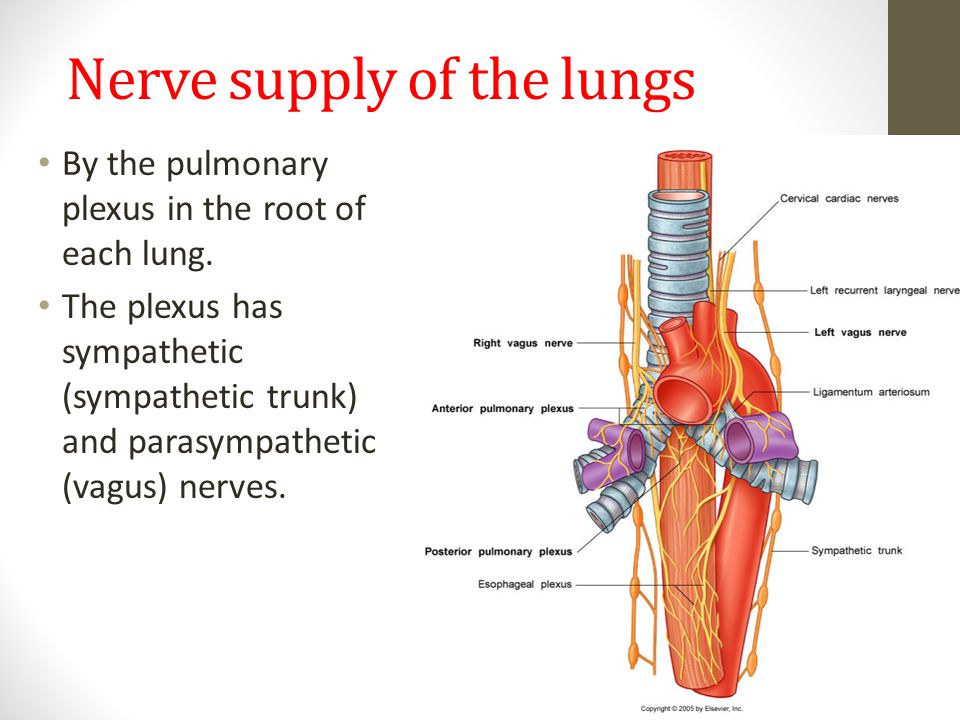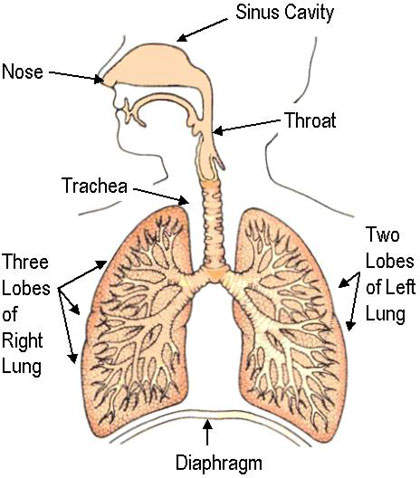
The best pranayama: the complete breath
If you only ever do one pranayama exercise, the complete breath would be the best. You use it different ways:
- can start class or your practice with it
- do it between poses as a recovery
- or, just do it at the end of class, as the pranayama
- another great option, is to do it before other pranayamas, also at the end of class
How do we teach it?
There are many ways to do and teach this. I first learnt it, over forty years ago, from Dr Swami Gitananda:
- he divided the lungs into left and right lobes. This is how they are, physiologically
- then into lower, mid and upper sections
- front, back, and sides
- in the left lobe area, the heart takes up a fair bit of space, but still he recommended to stick with the two lobes, three sections, front, back, and sides
It is so beneficial for our nervous system
This was for pranayama reasons, and also lung health. There are networks of nerves in the front and in the back of the lungs. And, as we know, nerve impulses carry messages to and from other parts of our physiological being. To build up nerve health is also to build up our nervous system so that we are then able to decrease, without any effort, our over-sensitivity, and in this way we can become calmer and more balanced.

I learnt sequential breathing
- Dr Swami Gitananda taught the use of hand placement on the front, sides, and back of the chest.
- leading up to the Complete Breath. The Complete Breath is a deeper and longer breath than what we normally use
- from here, he introduced hand mudras for the upper, mid and lower lobes, and also for the Complete Breath.
I later learnt another way
Later, I lived in an ashram, where we were taught to breathe deeply. It was:
- breathing deep so that one's belly moved, then adding the breath travelling up the lungs. I did not find this so effective, but this was supposedly the official complete breath of the time, so I taught it
- later adding one hand on the upper abdominals, one hand on the centre of the chest, as the breath will automatically go to under where we place our hands
- quite a few years later, the same ashram added hand mudras for breathing, using the three lobe areas: lower, mid, upper.
Channelled version
We can get around this, without using hand placements, by how we describe the complete breath. This is my channelled version, and it is very effective. Try it and see:
- breathe into the base of the lungs, as though they form a tyre inner tube, and you are breathing into this tube, filling it up. Like an expansive front, back, and sides movement. Do this a few times
- progress to doing this and continuing the breath up through the chest to under the collarbones and shoulders, as though you are breathing up a wide column and filling it up, front, sides, back, middle
- pull the abdominals in slowly, as the lungs deflate, as we exhale.
Comments
Post a Comment
You can leave comments here - comments are moderated for the time being.